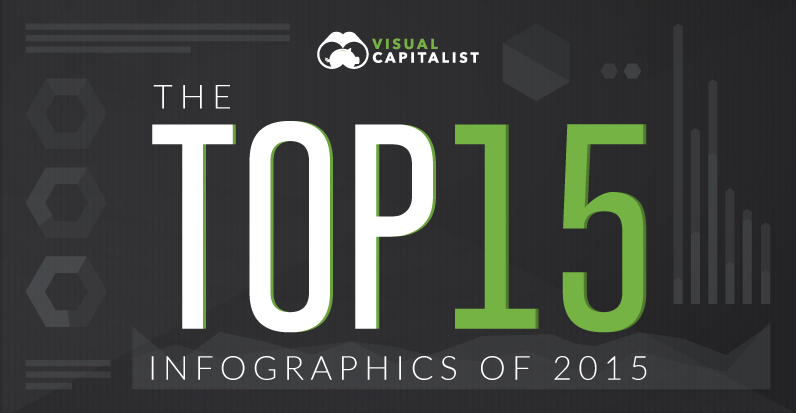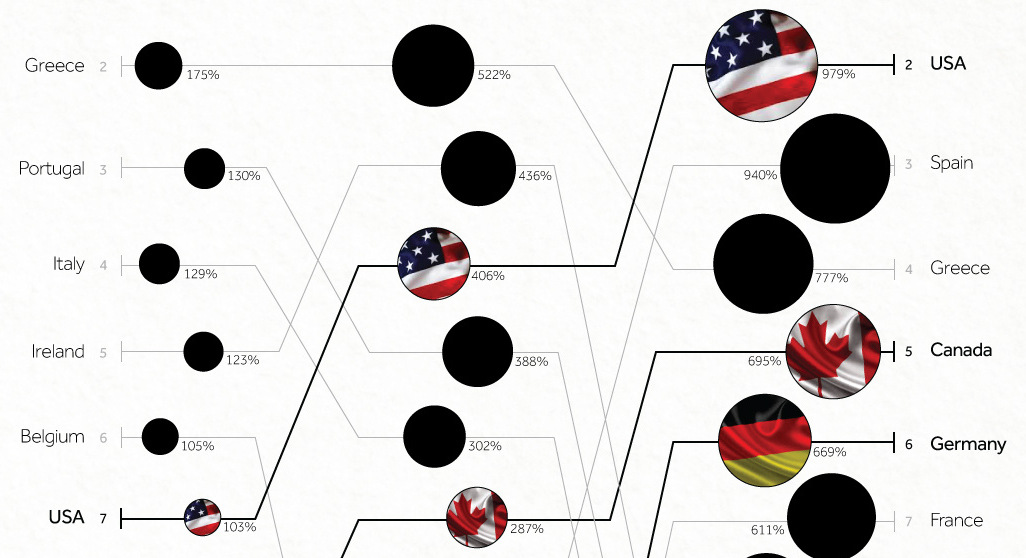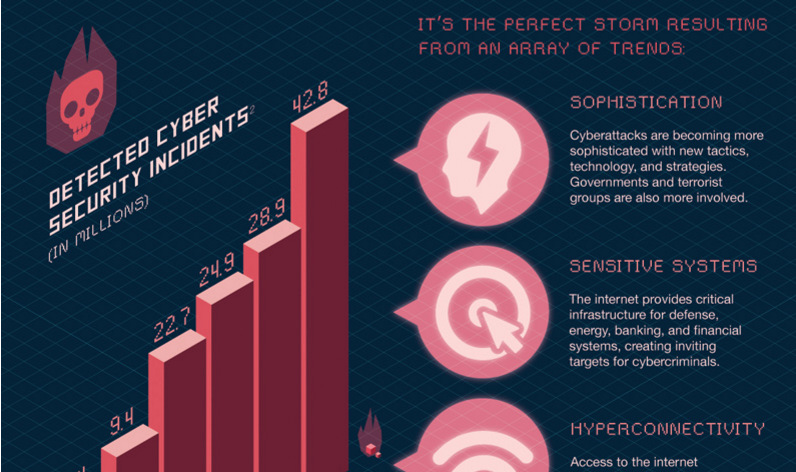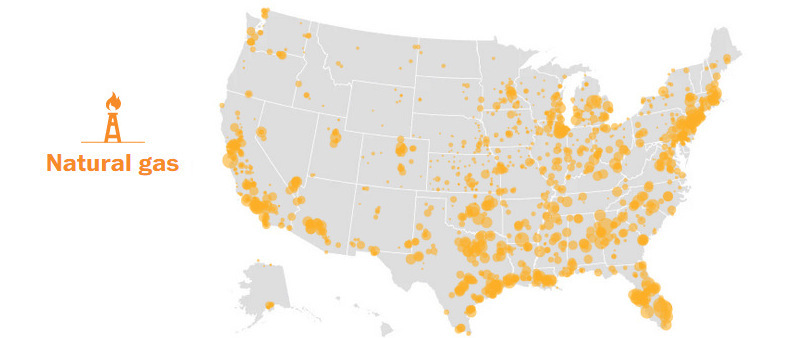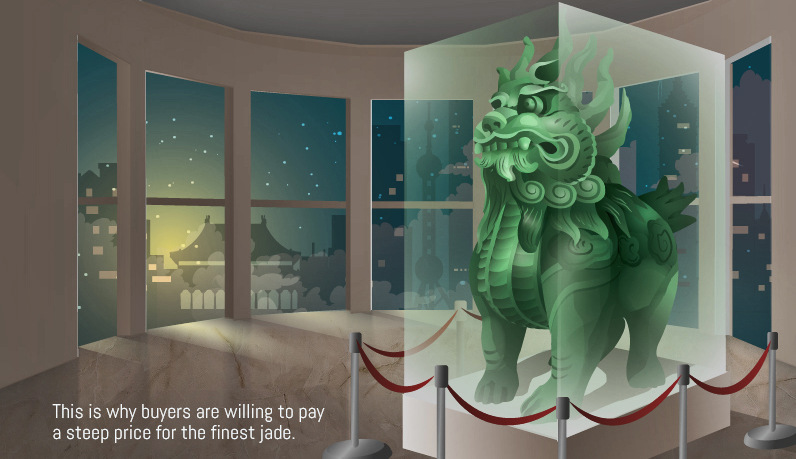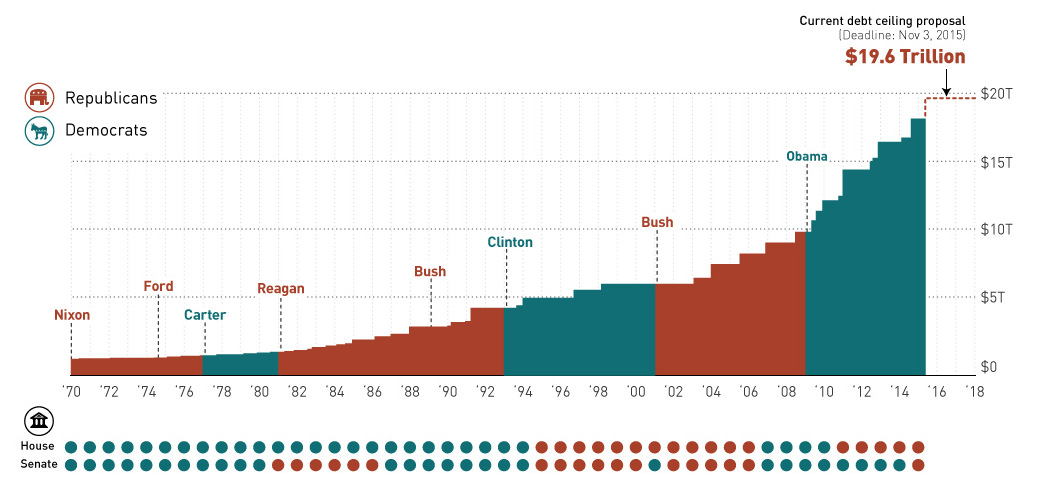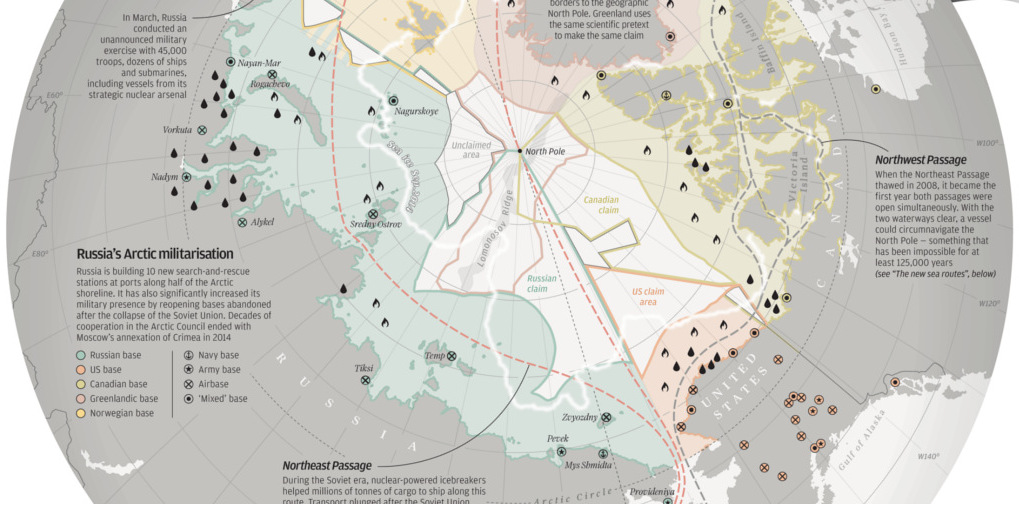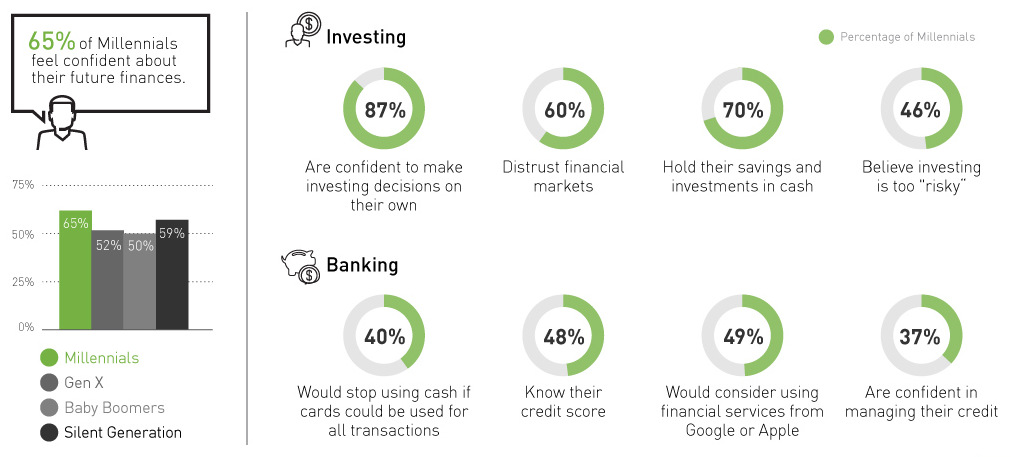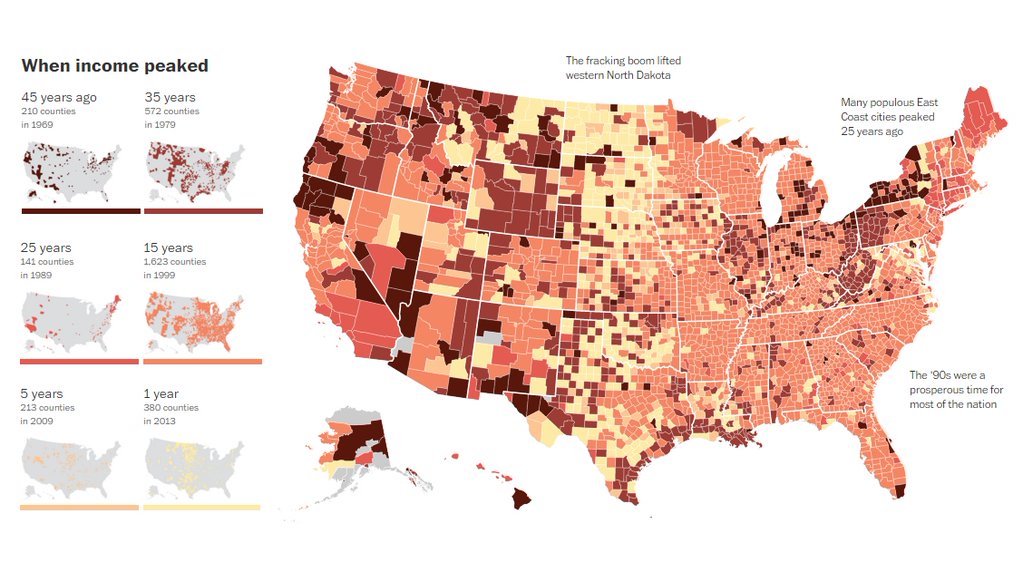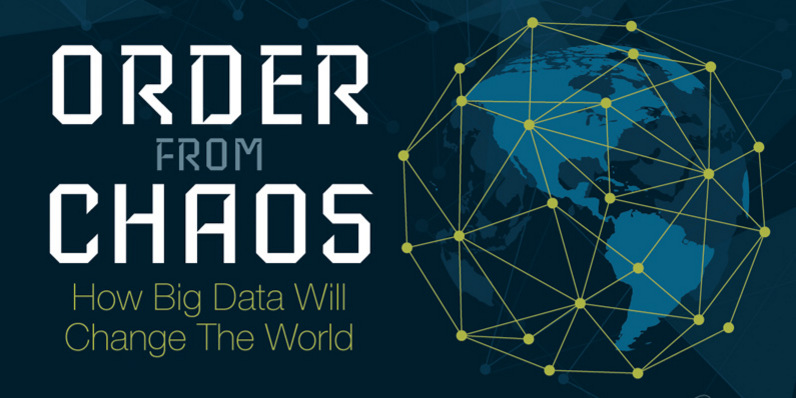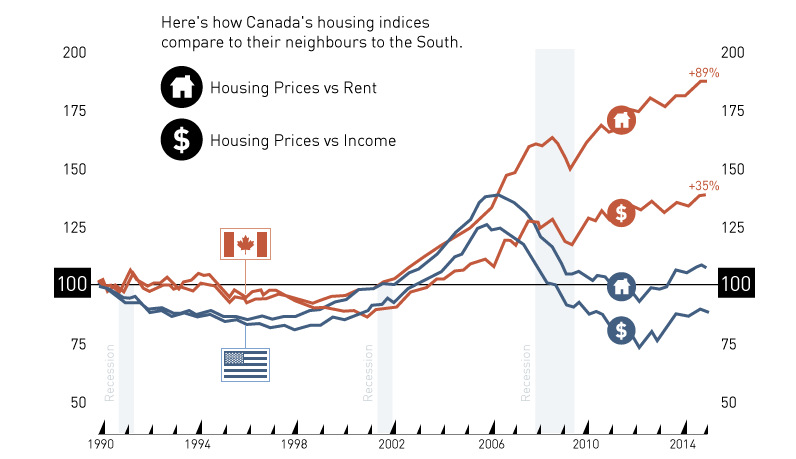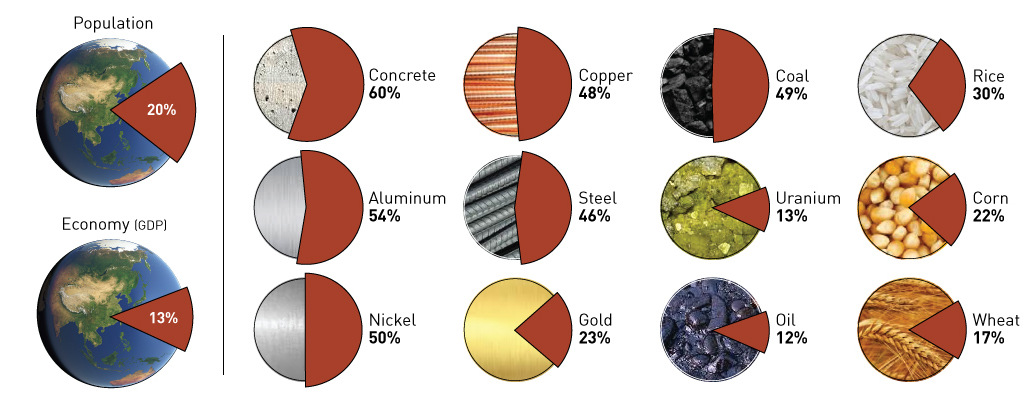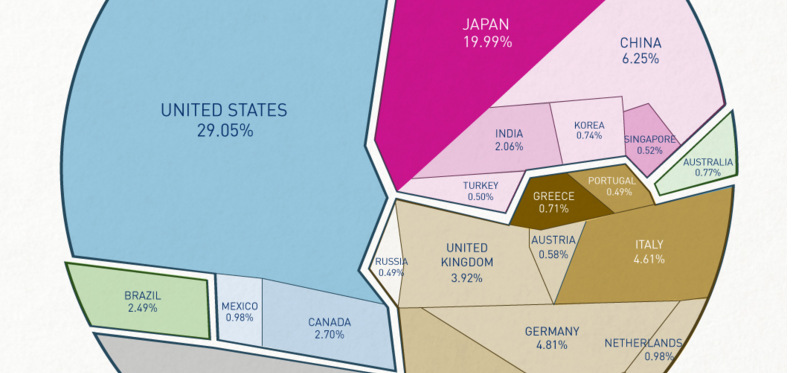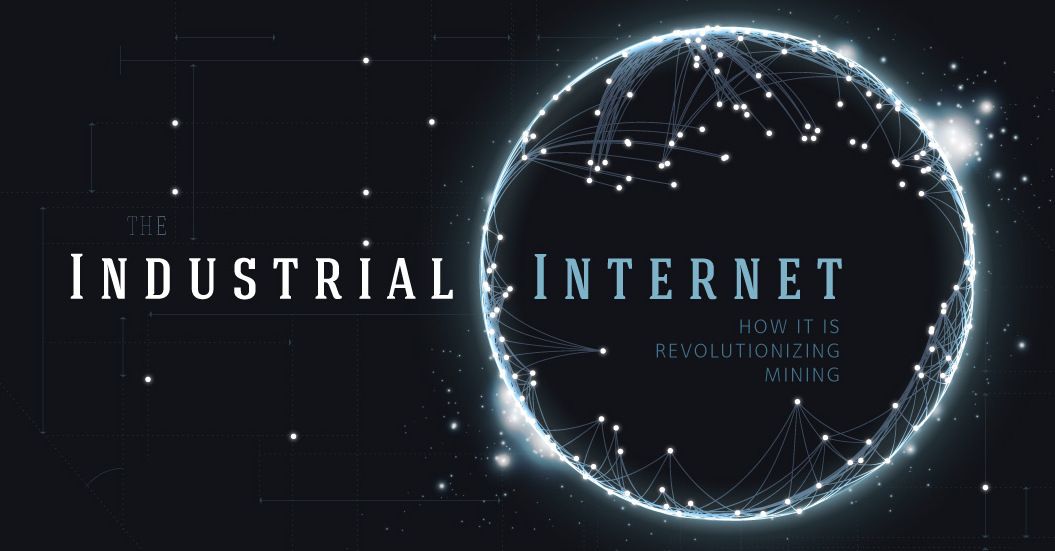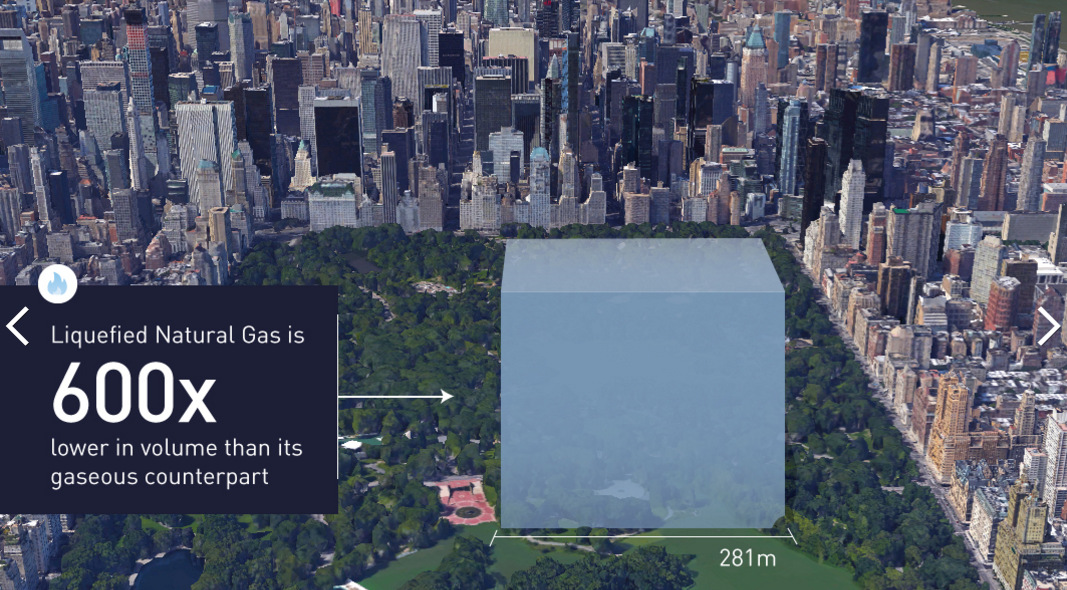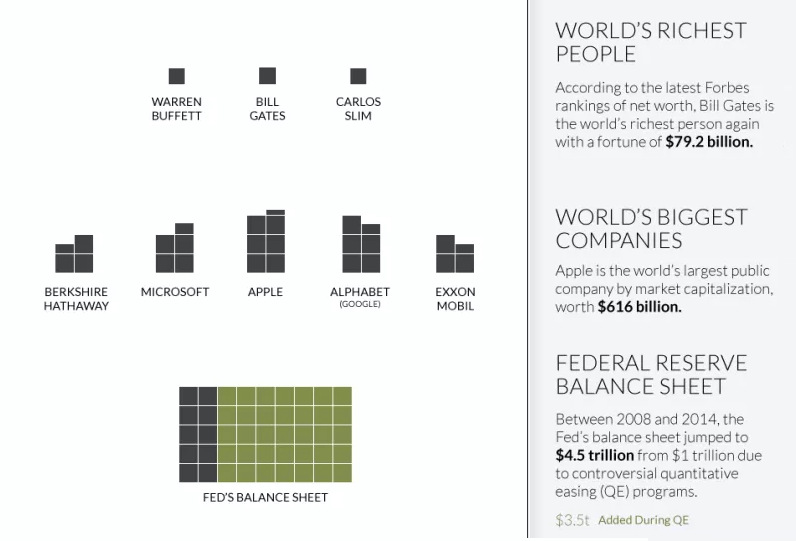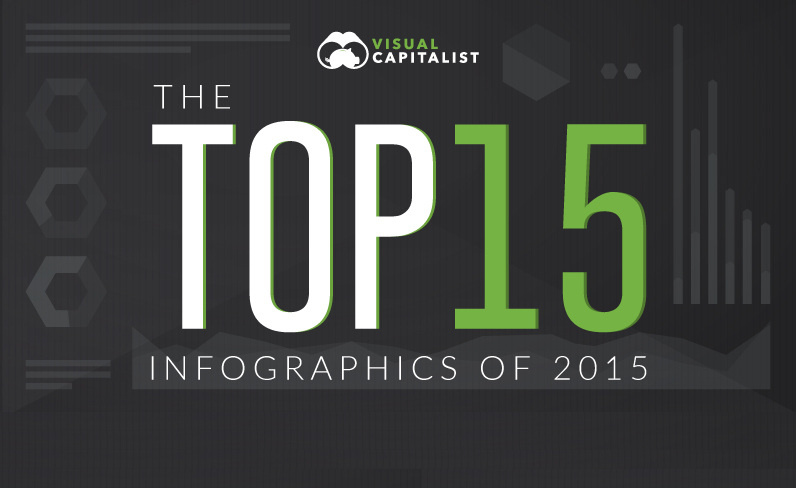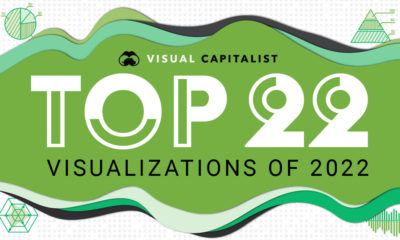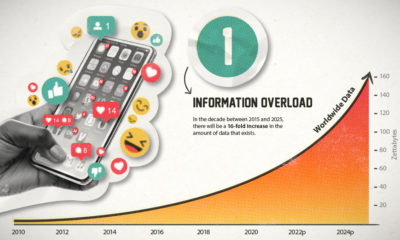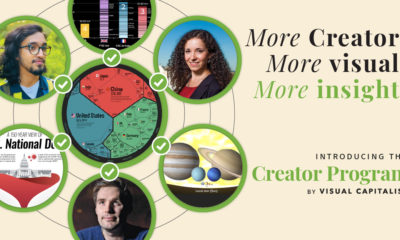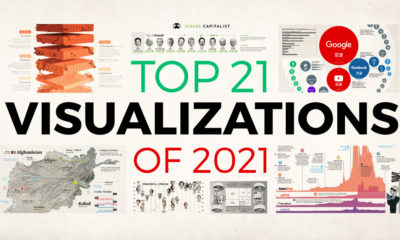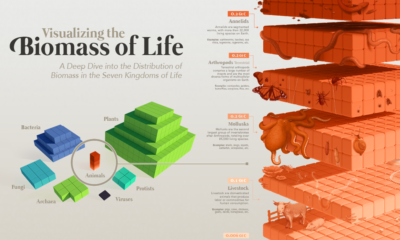Put down your turkey leftovers and the rum-infused eggnog – it’s time to recap our favorite posts on Visual Capitalist from 2015. The following list includes a mix of infographics, data visualizations, and charts. Some of the posts listed here were among the most popular graphics on the entire site. Others that made the list are graphics that are diamonds in the rough. If you are new to the site, it also may be worth checking out last year’s edition of this post that covered the best content from 2014. Without further ado…
15. By this measure, the U.S. has the 2nd highest national debt
The standard measure for national debt compares a country’s debt with its economic output as measured by GDP. In this data visualization, however, we showed that the world looks very different using a debt-to-revenue ratio instead. We visualize the national debt as compared to the amount of tax revenue coming into the central government’s coffers, which is arguably a better way to look at a country’s capacity to pay.
14. The Cybersecurity Boom
Over recent years, the world has been under siege from cyberattacks. Blue chip companies like J.P. Morgan Chase, Target, and Sony were hacked, and even the U.S. government was compromised with over 20 million records stolen. Cybersecurity companies are here to help us fight back, and that’s what makes the industry interesting for investors. The market in cybersecurity is expected to be worth more than $170 billion by 2020.
13. Mapping Every Power Plant in the United States
Every wonder how much power in the United States is generated by solar in comparison to nuclear plants? This post is for you. In this data visualization, every power plant in the country is mapped and quantified. The end result is a crystal clear picture of how electricity is really generated.
12. The Jade series
Did you know that China’s cultural affinity for jade has existed for longer than Western civilization? This highly illustrative three-part series examines this as well as the emerging nephrite jade market in British Columbia.
11. The U.S. Debt Ceiling Has Risen No Matter Who is in Office
Around October, U.S. lawmakers reached an impasse on raising the debt ceiling. Republicans wanted to play hardball by linking a ceiling increase to conservative issues, but our chart shows that this kind of brinkmanship may have been inauthentic to start with. The reality is clear: the debt ceiling has risen no matter who is in office.
10. The Race for Arctic Domination
There’s a new “cold war”, but this time it is in the freezing Arctic. Over recent decades, ice has thawed in the Arctic and 2008 became the first year that both the Northeast Passage (North of Russia) and the Northwest Passage (North of Canada) were open to ships simultaneously. This means it may be the first time that a vessel could theoretically circumnavigate the North Pole in 125,000 years. Not surprisingly, countries such as Russia, Canada, Norway, Denmark, and the United States have taken notice and are posturing accordingly.
9. Millennials on Investing, Debt, and Banking
Polls show that 65% of millennials feel confident about their finances. This is higher than all other generations. The problem? Their actual knowledge about investing, debt, and banking is questionable at best.
8. Most Americans Reached Peak Income More than 15 Years Ago
The majority of Americans are worse off than they were 15 years ago. That’s because Census data shows that 1,623 counties reached their highest income in 1999. Even further, there are 782 counties that have their best days way behind them. Their incomes peaked 35 or more years ago.
7. Order From Chaos: How Big Data Will Change the World
We’ve all heard about “Big Data”, but what is it really? This infographic explains everything you need to know behind this new reality for business, and its implications for companies and investors.
6. Canada’s has the Most Overvalued Housing Market in the World
The Economist has determined that Canada’s property market is the most overvalued in the world in terms of rent prices (+89%), and the third most overvalued in terms of incomes (+35%). In the post, we go over some of the arguments for and against Canada’s frothy market.
5. China Consumes Mind-Boggling Amounts of Raw Materials
The 1.4 billion people living in China account for 13% of global GDP, but this chart shows that for commodity producers, the country means so much more. China consumes upwards of half of the world’s cement, aluminum, and nickel, along with huge amounts of other base metals, energy commodities, precious metals, and food.
4. $60 Trillion of World Debt in One Visualization
Two weeks before this post, we had published a chart showing the world economy in one visualization. In the corresponding comments section, a user asked us if we could put together a similar visualization but instead looking at world debt. This visualization on national debt was the end result, and it ended up making the front page of Reddit, as well as being posted on Business Insider, The Huffington Post, The World Economic Forum, Zero Hedge, Daily Reckoning,
3. The Industrial Internet and How It’s Revolutionizing Mining
The industrial internet is the convergence of the global industrial sector with the internet of things. In this infographic we show how this new technology will change how the mining sector works.
2. Powering New York
This was one of our favorite posts of the year. In this slideshow, we visualize what it takes to power NYC with every type of energy including gas, wind, solar, nuclear, and more.
1. All the World’s Money and Markets in One Visualization
We created this year’s top post for The Money Project which we are doing in conjunction with Texas Precious Metals. In the data visualization, we compare the world’s money and markets to help give perspective to global money supply. The final result was one of our most viewed infographics of all time, receiving over 1,000,000 views in just a matter of weeks. It was featured on Marketwatch, Business Insider, Zero Hedge, Morningstar, as well as making the front page of Reddit. What was your favorite post of the year? What would you like to see more of? Feel free to sound off in the comments section. on Even while political regimes across these countries have changed over time, they’ve largely followed a few different types of governance. Today, every country can ultimately be classified into just nine broad forms of government systems. This map by Truman Du uses information from Wikipedia to map the government systems that rule the world today.
Countries By Type of Government
It’s important to note that this map charts government systems according to each country’s legal framework. Many countries have constitutions stating their de jure or legally recognized system of government, but their de facto or realized form of governance may be quite different. Here is a list of the stated government system of UN member states and observers as of January 2023: Let’s take a closer look at some of these systems.
Monarchies
Brought back into the spotlight after the death of Queen Elizabeth II of England in September 2022, this form of government has a single ruler. They carry titles from king and queen to sultan or emperor, and their government systems can be further divided into three modern types: constitutional, semi-constitutional, and absolute. A constitutional monarchy sees the monarch act as head of state within the parameters of a constitution, giving them little to no real power. For example, King Charles III is the head of 15 Commonwealth nations including Canada and Australia. However, each has their own head of government. On the other hand, a semi-constitutional monarchy lets the monarch or ruling royal family retain substantial political powers, as is the case in Jordan and Morocco. However, their monarchs still rule the country according to a democratic constitution and in concert with other institutions. Finally, an absolute monarchy is most like the monarchies of old, where the ruler has full power over governance, with modern examples including Saudi Arabia and Vatican City.
Republics
Unlike monarchies, the people hold the power in a republic government system, directly electing representatives to form government. Again, there are multiple types of modern republic governments: presidential, semi-presidential, and parliamentary. The presidential republic could be considered a direct progression from monarchies. This system has a strong and independent chief executive with extensive powers when it comes to domestic affairs and foreign policy. An example of this is the United States, where the President is both the head of state and the head of government. In a semi-presidential republic, the president is the head of state and has some executive powers that are independent of the legislature. However, the prime minister (or chancellor or equivalent title) is the head of government, responsible to the legislature along with the cabinet. Russia is a classic example of this type of government. The last type of republic system is parliamentary. In this system, the president is a figurehead, while the head of government holds real power and is validated by and accountable to the parliament. This type of system can be seen in Germany, Italy, and India and is akin to constitutional monarchies. It’s also important to point out that some parliamentary republic systems operate slightly differently. For example in South Africa, the president is both the head of state and government, but is elected directly by the legislature. This leaves them (and their ministries) potentially subject to parliamentary confidence.
One-Party State
Many of the systems above involve multiple political parties vying to rule and govern their respective countries. In a one-party state, also called a single-party state or single-party system, only one political party has the right to form government. All other political parties are either outlawed or only allowed limited participation in elections. In this system, a country’s head of state and head of government can be executive or ceremonial but political power is constitutionally linked to a single political movement. China is the most well-known example of this government system, with the General Secretary of the Communist Party of China ruling as the de facto leader since 1989.
Provisional
The final form of government is a provisional government formed as an interim or transitional government. In this system, an emergency governmental body is created to manage political transitions after the collapse of a government, or when a new state is formed. Often these evolve into fully constitutionalized systems, but sometimes they hold power for longer than expected. Some examples of countries that are considered provisional include Libya, Burkina Faso, and Chad.
